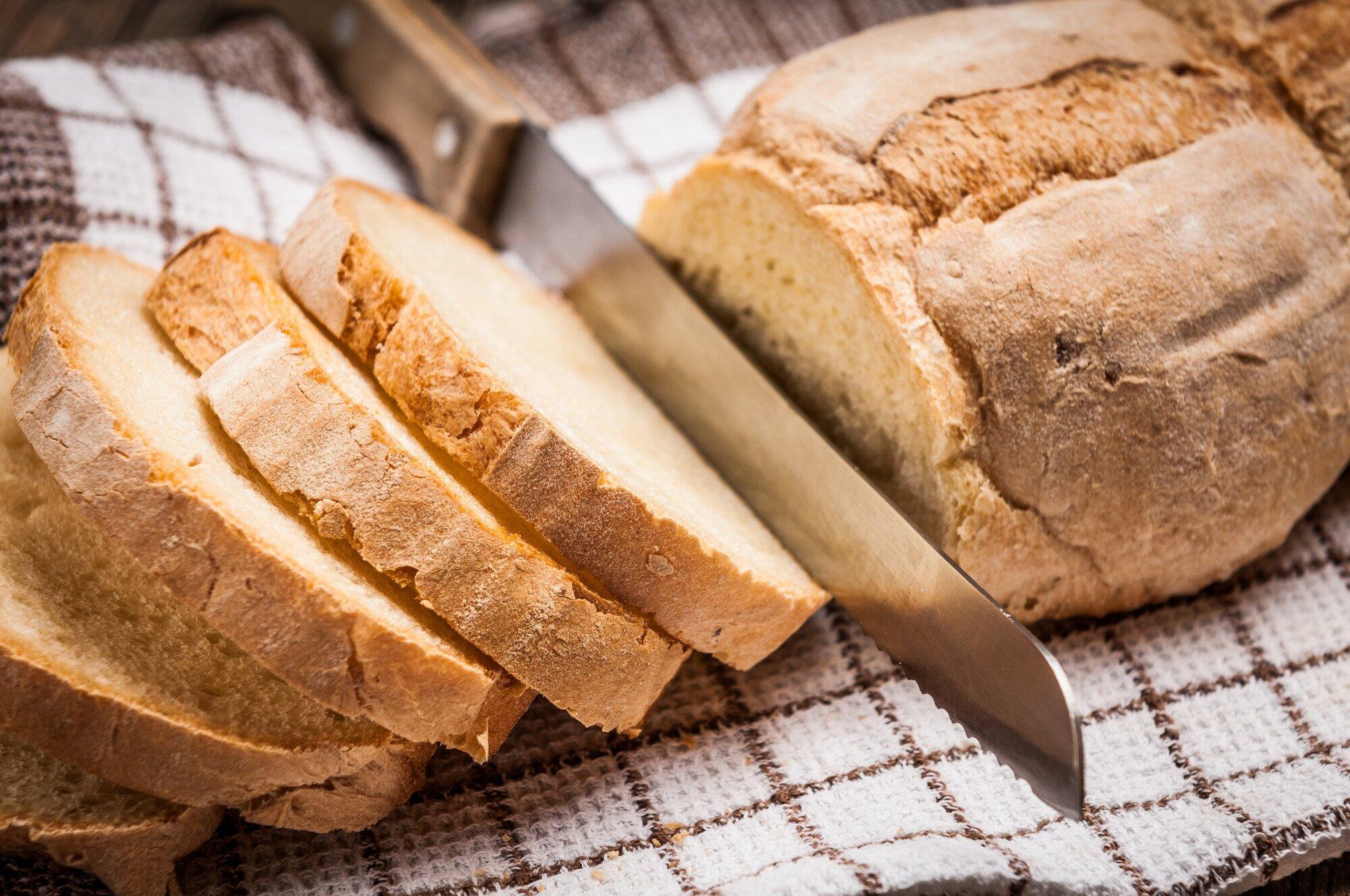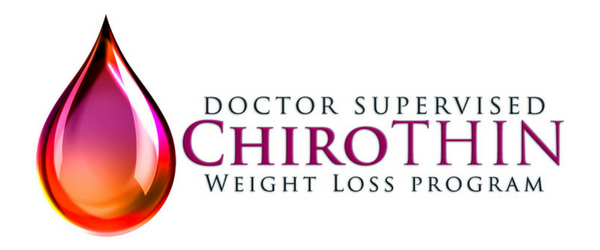
It can be frustrating to feel bloated or abdominal pain after eating one of your favorite foods. Unfortunately, around 66% of adults suffer from digestive problems and poor gut health. Many people might not know how to improve and decrease their symptoms.
Low GI bread is a great way to still enjoy what you love to eat while giving your body something it can easily process. Whether you’re dealing with diabetes or a digestive condition, swapping out foods with low glycemic index levels is an easy way to improve your diet.
This blog will talk about the ways you can include low glycemic index bread in a healthy diet. We’ll discuss the different types of bread you can eat without negatively impacting your health.
What’s the Glycemic Index?
The glycemic index is used to figure out how a food can affect your blood sugar levels. It’s a tool dieticians, doctors, and patients use to get a better handle on blood sugar management. A few factors affect a particular food’s glycemic index, including:
- Ripeness
- Cooking method
- Amount of processing
- Nutrient composition
Foods are broken down into three glycemic index levels. If food ranks lower on the scale, it’s less likely to affect your blood sugar. The three levels are:
- Low: Less than 55
- Medium: 56 to 69
- High: Above 70
Food gets scored based on how quickly your body can digest the carbs included in whatever you eat. Your body digests food with a high glycemic index quickly, causing your blood sugar to rise fast. Knowing what types of food, especially breads, fall low on this scale can help you keep your health in check.
How Does the Glycemic Index Affect Bread?
White flour is the main ingredient in many types of bread. White bread also contains high levels of chemicals, trans fat, and sugars. All those ingredients work together to create a food that has high glycemic index levels.
The white flour used in breads has been refined and doesn’t have a lot of nutritional value. Germ and bran get removed during the refinement process and deplete the grain of most of the following nutrients:
- Vitamin E
- Magnesium
- Iron
- Fiber
This process and the lack of nutritional value causes most white flour-based breads to have a glycemic index rating of 71 and above. Consuming these kinds of breads can trigger a sharp insulin response. This is especially concerning if you’re struggling with diabetes.
What’s Low GI Bread?
Low glycemic bread is typically made from whole grains instead of white flour. Whole grains retain their nutrients and natural fiber before they get put into bread.
Low glycemic bread can sometimes contain other ingredients that increase its nutritional value, such as:
- Legumes
- Nuts
- Seeds
These ingredients can decrease the bread’s glycemic index. They can also provide you with a more nutritious and satisfying option.
What Are the Types of Low Glycemic Index Bread?
There are multiple options available for you to incorporate into a healthy diet. Finding the right type that fits within your preferences and dietary requirements is important.
Sprouted Grain Bread
Sprouted grains are grains that have had the chance to sprout before they get ground into flour. This process gives sprouted grain bread’s nutritional value a boost. That’s because the complex carbs have been broken down, making them more easily digestible.
Whole Wheat Bread
This type of bread is made from whole wheat flour. It includes nutrients and natural fibers that are naturally found in whole wheat. When shopping, look for bread that’s labeled as “100% whole wheat” since it has a lower glycemic index than white flour.
Rye Bread
Rye flour has an even lower glycemic index than whole wheat flour. Rye flour has a more robust flavor than other types. Rye bread tends to be denser than different kinds of bread.
Gluten-Free Bread
Gluten-free bread is made from flour that’s naturally gluten-free. This can include the following types of flour:
- Oat
- Almond
- Rice
- Cornstarch
- Brown rice
- Buckwheat
Keep in mind that gluten-free bread might have a higher glycemic index than whole-grain bread. However, they’re a great option if you’re trying to watch your blood sugar levels and you have a gluten sensitivity or intolerance.
Multigrain Bread
Multigrain bread is made from multiple types of grains. These can include:
- Rye
- Barley
- Oats
- Wheat
Read the ingredient label before buying a multigrain bread to ensure it contains whole grains. Some of these kinds of breads can have refined flours, which have high glycemic index levels.
Flax Bread
Flax bread can be made with ground or sprouted flaxseed. The flaxseed is typically mixed with other whole grains when making the bread. In addition to having a moderate glycemic index level, flaxseed is rich in antioxidants, fiber, and omega-3 fatty acids.
What Are the Benefits of Low Glycemic Bread?
Your well-being and physical health can benefit from eating low glycemic bread. Let’s talk about some of the main advantages.
Weight Management
Low glycemic index bread can promote a healthy and stable body weight. The bread has a high fiber content and slows down your digestion. You’ll feel fuller for longer, resulting in you eating less.
Stable Blood Sugar
As we’ve mentioned, low glycemic bread is great for helping you avoid a blood sugar spike. Your body’s blood sugar levels won’t suddenly increase or decrease since you can’t quickly digest this type of bread.
Sustainable Energy
Bread made with refined white flour can result in major energy spikes and crashes after you eat it. A low glycemic index can provide you with a sustainable energy source. This can improve the following:
- Overall health
- Productivity
- Focus
Get on the Path to a Healthier You
Finding low GI bread to add to your diet is important for managing your blood sugar levels and overall health. You don’t need to be dealing with diabetes to benefit from bread with a low glycemic index. Fuel your body with whole grains and nutritious ingredients.
Are you ready to get started on the path to a healthier you? Click here to find a ChiroThin doctor in your area. We can help you explore options to improve your health, such as investing in a weight loss program.
